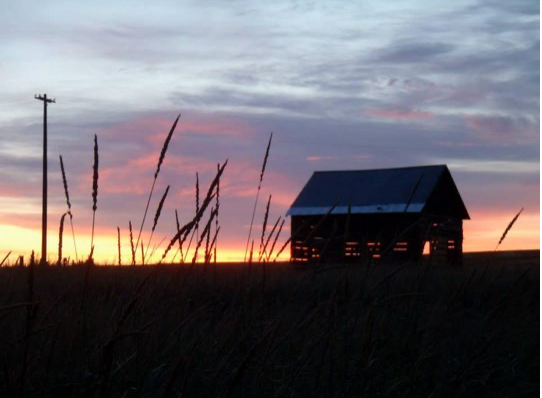Land and Wildlife
Beneath Frenchtown are the sediments deposited by enormous Ice Age floods fifteen thousand to eighteen thousand years ago. The soil at the Frenchtown Historic Site is a thin layer of windblown silt that blanketed the area after the floods, becoming the foundation for all of the native plants, animals and humans that thrived here. Erosion over time by the Walla Walla River and its tributaries has shaped the surrounding hills.
The ridge across the valley to the south is part of the Horse Heaven Hills, which extend from the Blue Mountains to the east through Wallula Gap on the Columbia River and westward all the way to the Cascade Mountains.
The Walla Walla Valley traditionally supported large Black Cottonwood forests along each stream and river, keeping the water shaded and cold. This resource supported flourishing populations of salmon and steelhead. Native peoples depended on these fish runs for thousands of years.
The uplands here were covered with native grasses, along with shrub-steppe communities including sagebrush, rabbit brush and bitter brush.
The native wildlife of the region was rich in diversity. Mule deer, black bear, grizzly bear, pronghorn antelope, white-tailed jack rabbit and sharp-tailed grouse are a few of the native species who made their home in this region. Several of these species are no longer present in Washington State or are on the list of endangered species. Native grasses and shrubs are being restored on this site to sustain ground nesting native birds, along with other wildlife. Walla Walla County hosts over 330 resident and migrant bird species.
This land is an island set aside to benefit wildlife and as a spot to contemplate our natural and human past.
Soil Report for the Frenchtown site.
